EXCURSION SACRED VALLEY OF THE INCAS & MARAS SALT MINE , MORAY.
Departure time 07:00 am
Ends time 19:00 pm
we will come and pick you up between 06:30 to 07:00 am then we will drive to our destination sacred valley of the incas first we will stop in chincheros where we are going to meet Meet Roxana in her cozy house. Her family is one of the eldest keeping the weaving traditions alive. Be welcomed by her alpacas, llamas, and guinea pigs, and learn about their fascinating weaving techniques using nature to create impressive textiles. A great moment to capture tons of pictures and unforgettable moments.
CHINCHEROS
The typical Chinchero is a Inca city, the conquerors wanted to “civilize” and establish their culture, but never succeeded, because they fully resisted. Today you can see this resistance in its inhabitants, as they inhabit the Inca constructions almost intact, in the same place where their ancestors lived and formed the largest and most prosperous civilization in America.
the Rainbow City is located 28 km. northwest of the Cusco city, over 3,762 meters, at an intermediate location between the highlands and warm valley, surrounded by snow-capped Salkantay, Veronica and Soray. The view from here is awesome. Chinchero was chosen by the Inca Tupac Yupanqui to establish his residence
MORAY
.- 9:30 am: Imagine the impressive Inca terraces and the beautiful Andes in the background. This view is just stunning, the story behind even more. Your guide will teach you about the Inca’s agricultural laboratory, how they created different climatic zones in these terraces. We’ll enjoy this place for about 45min – 1h. 1 hour • Admission Ticket Not Included
MARAS SALT MINE.
11 am: Staying in front of thousands of salt ponds, still intact. Here you will take one of the most famous pictures taken in the Sacred Valley. Our guide will be happy to capture this moment for you. From here we continue our tour to have delicious lunch.
Archaeological Park Ollantaytambo 2:40 pm:
Our last discovery for that day: The terraces and ruins of Ollantaytambo. This place was highly protected as it’s the entrance to the path to Machu Picchu. Thus, much happened here during the Spanish invasion. After today, you’re perfectly prepared to visit and learn about Machu Picchu.
OLLANTAYTAMBO
The archaeological complex of Ollantaytambo was a strategic military, religious and agricultural center. The architectural scene is exceptional in its the size, style and originality of its buildings. For the Quechua language, the name comes from the word
Ollanta (which is the name of an Inca captain, whose story was saved as an oral tradition, and written as a drama of Antonio Valdez Urubamba priest in mid-eighteenth century) Also a Spanish derivation of the word tampu (Tambo)Quechua, which means
“City that offers accommodation, food and comfort to passengers.”
Agricultural activity in this area benefited from the presence of the Patacancha creek, where there are large terraces that currently are damaged and abandoned.
PISAQ ARCHAEOLOGICAL SITE
is one of the most important archaeological region. Possibly its name comes from a very common type of Bird in this area known as “p’isaqa.” Some scholars suggest that the pre-Columbian city was in the form of a “p’isaqa” representing the local faun. Today there are a colonial Town named P’isaq.
in the Inca City there is a famous Local Market ,full of crafts and local products
At 19:00pm aprox, We’ll arrive in Cusco, transfer close to the Cusco Main Square.
 +51 984 751 486
+51 984 751 486
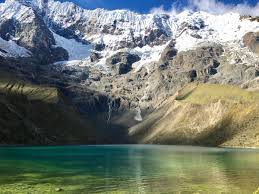
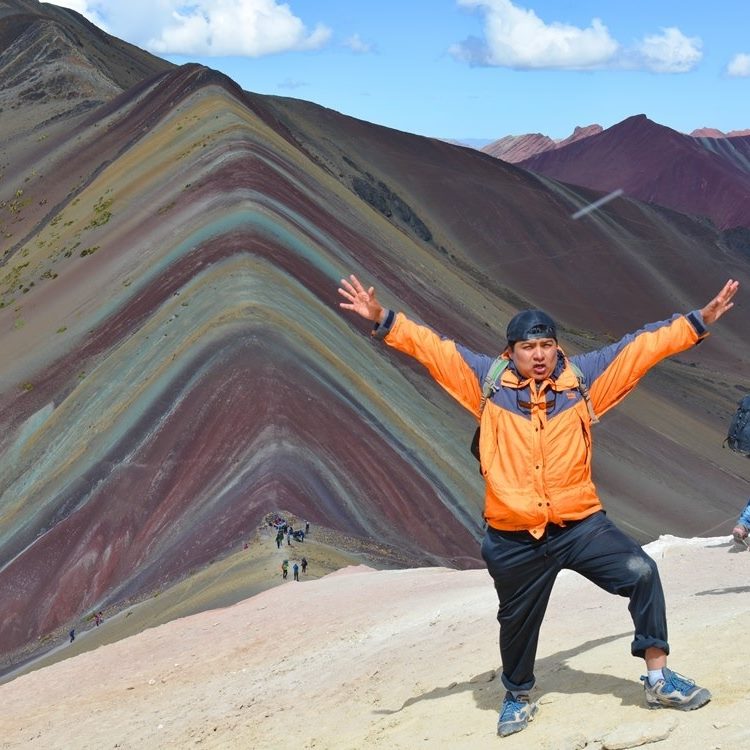
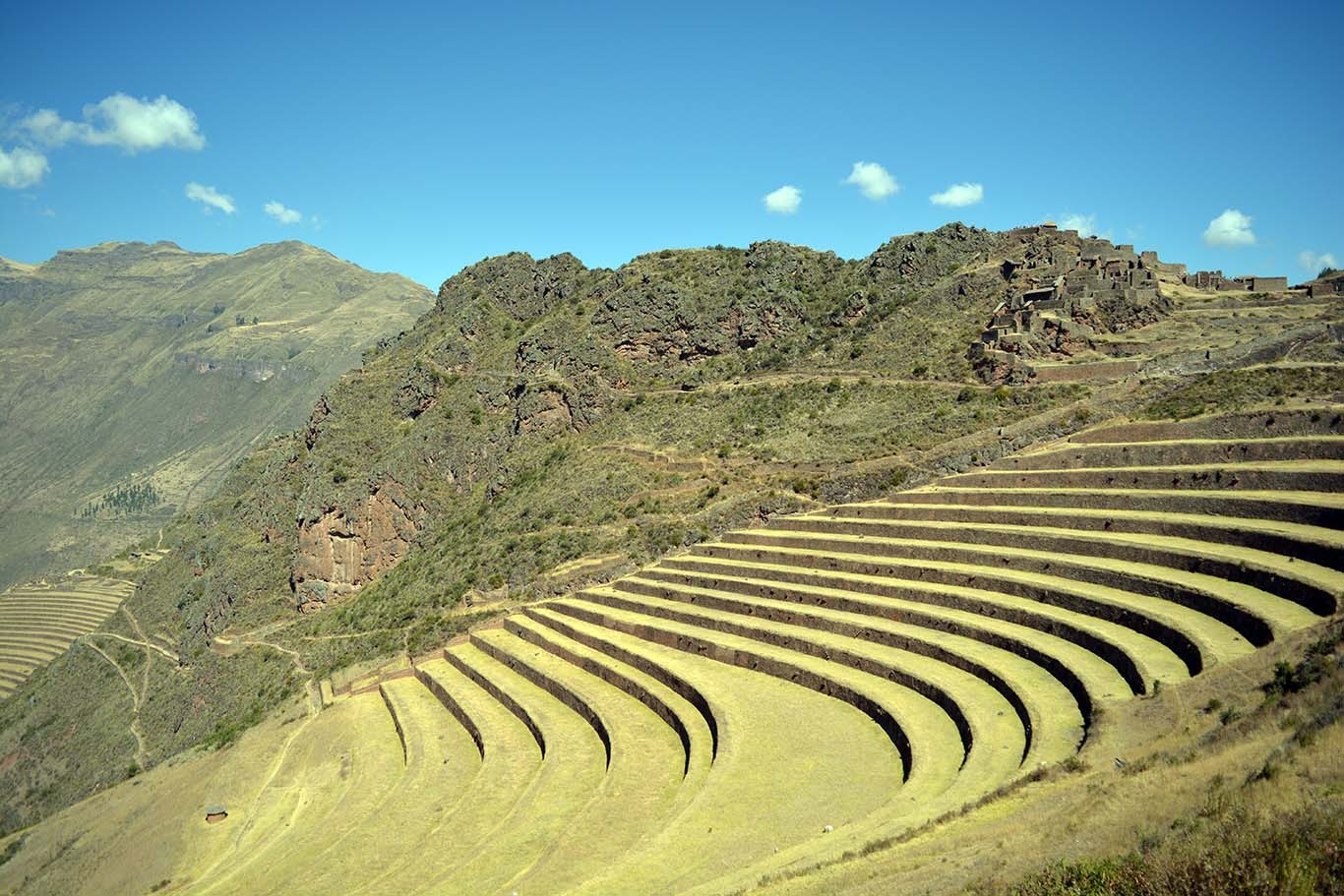
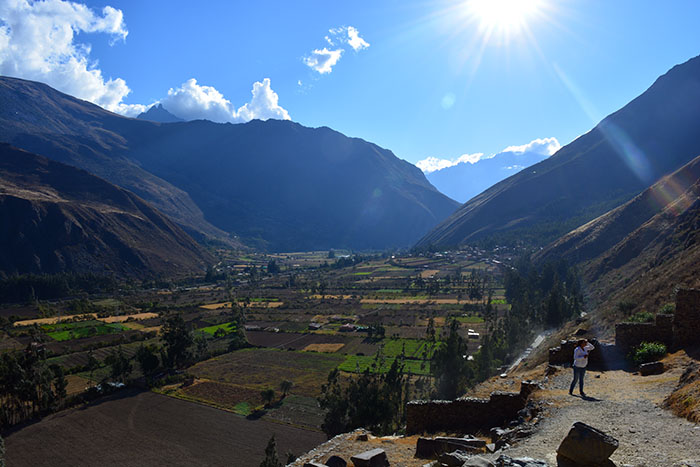
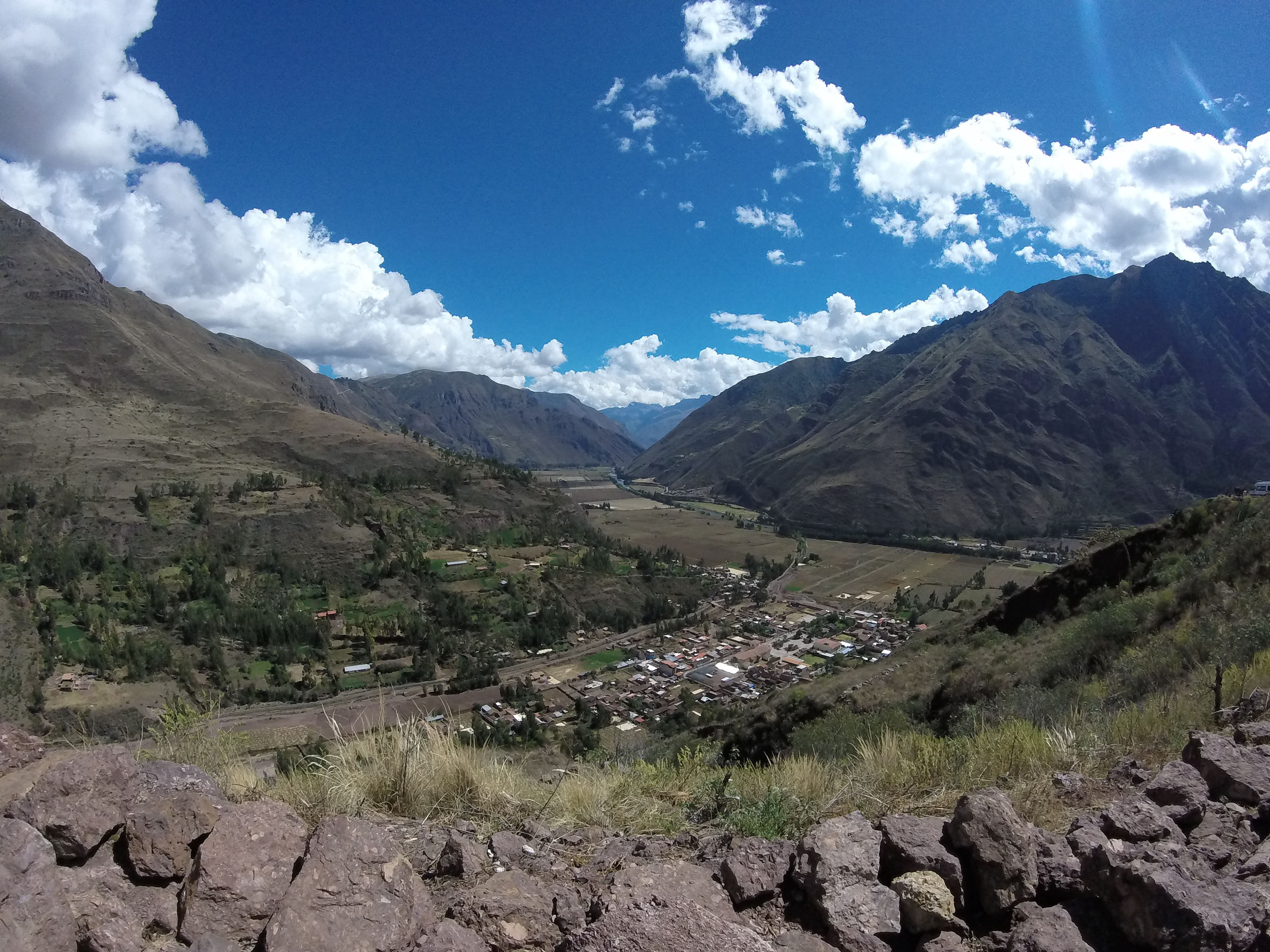
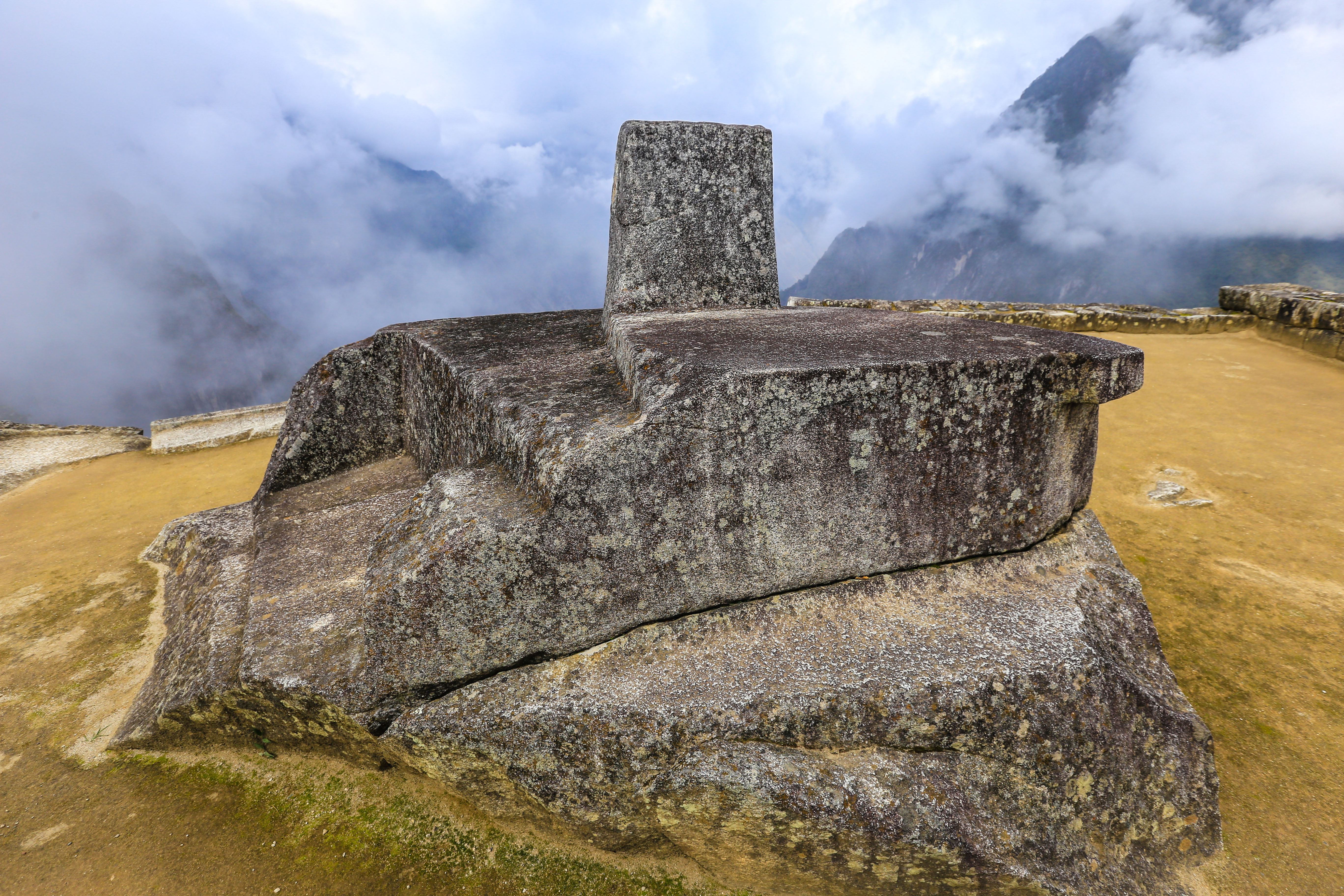

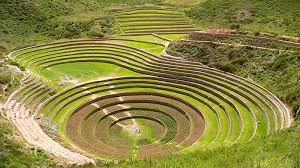

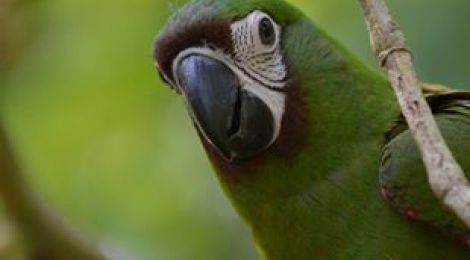




 1,
1,


 Inglês
Inglês Espanhol
Espanhol Português
Português